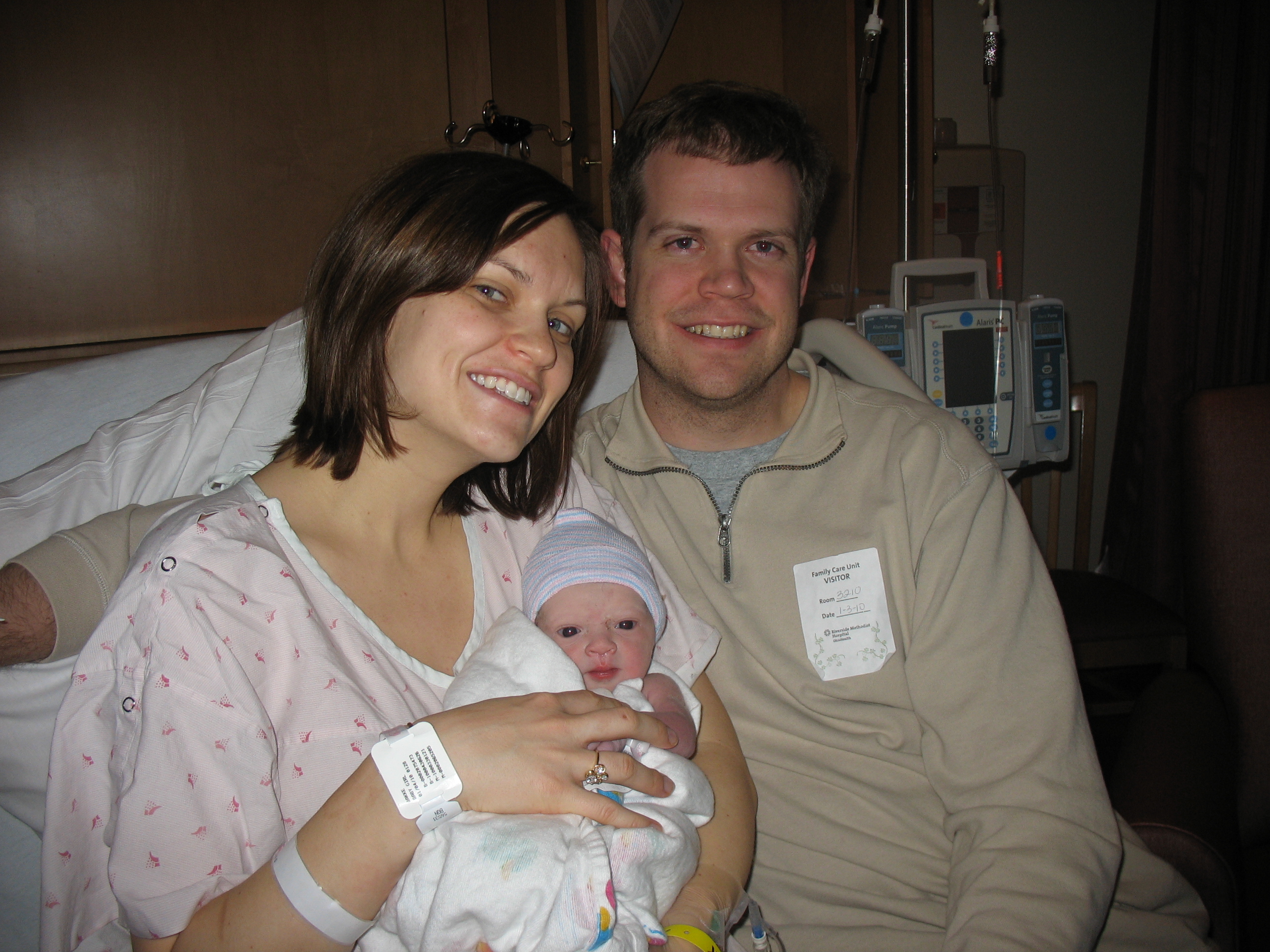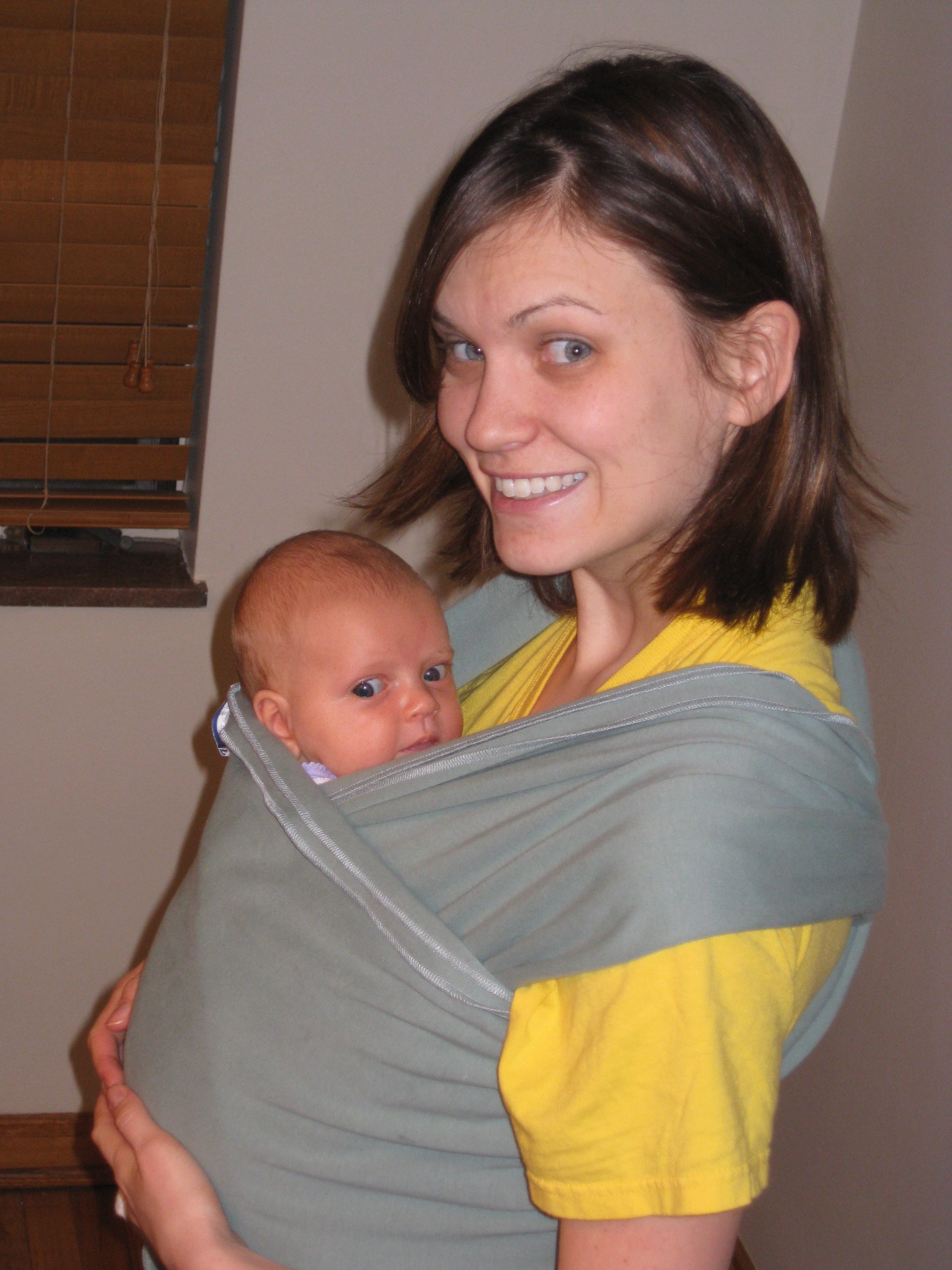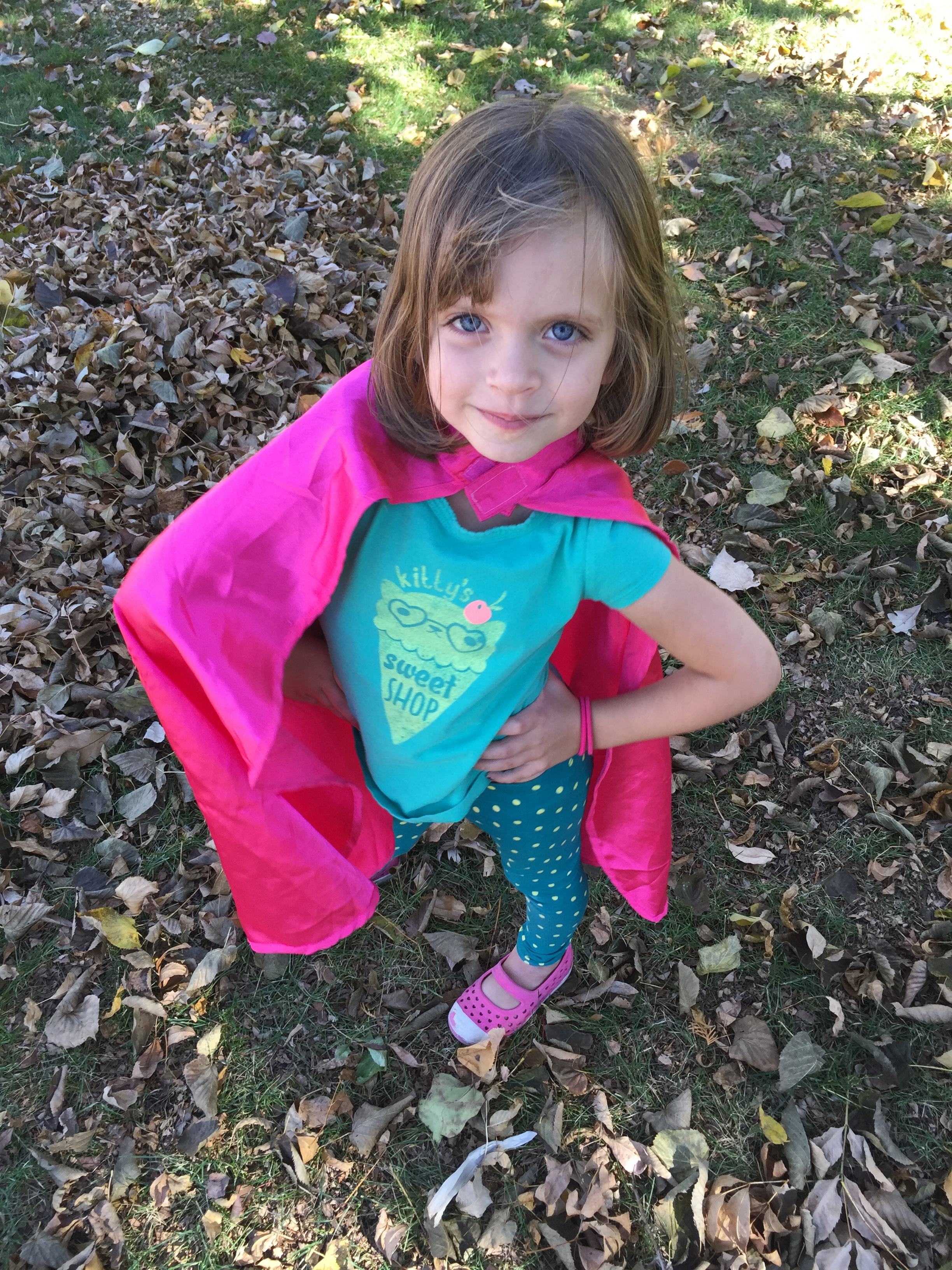I’m a Pediatrician and I Gave My Daughter Pertussis
By, Rebecca Bakke MD, FAAP
As a pediatrician, I am often asked the question, “What would you do if she was your child?”
I  always try to answer this question as honestly as I can. Sometimes, when the answer is not very straightforward, l can say sincerely, “I don’t know. “ Other times, such as when parents have concerns about immunizations, the answer is easy.
always try to answer this question as honestly as I can. Sometimes, when the answer is not very straightforward, l can say sincerely, “I don’t know. “ Other times, such as when parents have concerns about immunizations, the answer is easy.
Vaccination is one of the most polarizing issues in our country, and because I immunize infants and children every single day at work, the controversy frequently makes its way into my office. Anxious first-time parents cradle their newborn babies while nervously reviewing the vaccine schedule, then look up at me and ask what I think about delaying vaccines, trying an alternate vaccine schedule or forgoing them all together.
“What would you do if she was your child?”
Parents are not usually surprised when I say that I vaccinate all three of my children according to the recommended CDC schedule. They expect that as a pediatrician, I have seen the horrors of vaccine-preventable disease and believe in the ability of vaccines to prevent these now rare illnesses. This is, of course, true. They are usually quite surprised, however, when I tell them that my most significant experience with vaccine preventable disease happened not while I was working as a doctor, but as a first-time parent.
 My first pregnancy was gloriously uneventful, and I was full of the joyous anticipation and occasional irrational terror that most first-time mothers share. I followed all the rules. I took my prenatal vitamins, avoided sushi, cut back on caffeine and made a special effort to get adequate sleep and exercise. I spent hours online reading reviews on strollers, car seats and cribs. I was pregnant during the 2009-2010 H1N1 (“swine flu”) epidemic, and I was terrified of the toll the disease could take on my unborn baby and me. I even cared for babies in the NICU who were born far too early because their mothers became critically ill from influenza while pregnant. I spent months wearing a mask at work, and I stood in line at the Department of Health to get the H1N1 vaccine just one day before it was available from Employee Health at my hospital.
My first pregnancy was gloriously uneventful, and I was full of the joyous anticipation and occasional irrational terror that most first-time mothers share. I followed all the rules. I took my prenatal vitamins, avoided sushi, cut back on caffeine and made a special effort to get adequate sleep and exercise. I spent hours online reading reviews on strollers, car seats and cribs. I was pregnant during the 2009-2010 H1N1 (“swine flu”) epidemic, and I was terrified of the toll the disease could take on my unborn baby and me. I even cared for babies in the NICU who were born far too early because their mothers became critically ill from influenza while pregnant. I spent months wearing a mask at work, and I stood in line at the Department of Health to get the H1N1 vaccine just one day before it was available from Employee Health at my hospital.
 Claire Noelle was born on a snowy January morning, and I remember being overwhelmed by the instantaneous love and devotion I felt for this tiny baby I had only just met. We took her home the next day, and like most new parents, spent the first several weeks of her life gazing at her and relishing in every sweet newborn expression, sigh and sneeze.
Claire Noelle was born on a snowy January morning, and I remember being overwhelmed by the instantaneous love and devotion I felt for this tiny baby I had only just met. We took her home the next day, and like most new parents, spent the first several weeks of her life gazing at her and relishing in every sweet newborn expression, sigh and sneeze.
When Claire was 5 weeks old and just starting to smile, she started coughing. Initially, it was only after I nursed her, and I thought it was reflux. But when the coughing worsened, I panicked. I reflected on the fact that I was recovering from a mild cold when Claire was born, and had been coughing ever since. My cough was nothing remarkable, but Claire’s cough was starting to sound an awful lot like pertussis (whooping cough). We took her to the pediatrician. The next day he called and confirmed my fear: Claire had pertussis.
The next three weeks were the darkest of my life. Antibiotic treatment for pertussis prevents the spread of the disease, but after the coughing starts no medication can alter the disease course. If you have ever seen a child with pertussis you know why it is called whooping cough. Infants and children have such long coughing spells that they cough until their lungs are completely out of breath, then they inhale desperately (“whoop”) before the coughing fits start again.
Claire would cough cough cough cough cough and whoop, cough cough cough cough cough and whoop for an hour straight several times per day.
She coughed until her lips turned blue.
She coughed until she vomited so many times that she lost weight.
The coughing completely and violently took over her precious 9 pound body.
Infants with pertussis, especially infants as young as Claire was, are at high risk for complications.
The coughing fits can lead to bleeding in the brain.
They can get pneumonia.
They can have periods of apnea, where they stop breathing.
Many end up on a ventilator.
One to two percent of infants with pertussis die.
I knew these things, and I was terrified. But nobody could stop the coughing.
 Claire was fortunate. We were fortunate. She recovered without any complications. But dozens of infants born in 2010, including at least one infant in our community, died of whooping cough. Many of these babies were too young to be vaccinated. So was Claire.
Claire was fortunate. We were fortunate. She recovered without any complications. But dozens of infants born in 2010, including at least one infant in our community, died of whooping cough. Many of these babies were too young to be vaccinated. So was Claire.
But I was not. While I was pregnant, I spent a whole lot of time researching strollers, but failed to take any time to get a vaccine that could have prevented my baby from getting a life threatening illness. And I am a pediatrician. I, of all people, should have known better. Because of this, it is now part of my mission to make sure that the families that I take care of do know better.
Today, all expectant women should be vaccinated with Tdap during every pregnancy, preferably in the third trimester (between the 27th and 36th week). By getting vaccinated during pregnancy, mothers build antibodies that are transferred to the newborn, providing protection against pertussis before the baby can get their first dose of DTaP vaccine at 2 months old. Tdap vaccine also protects mothers during delivery, which makes them less likely to transmit pertussis to their babies. This recommendation is not only supported by The American College of Obstetricians and Gynecologists, but also by the Centers for Disease Control and Prevention (CDC).